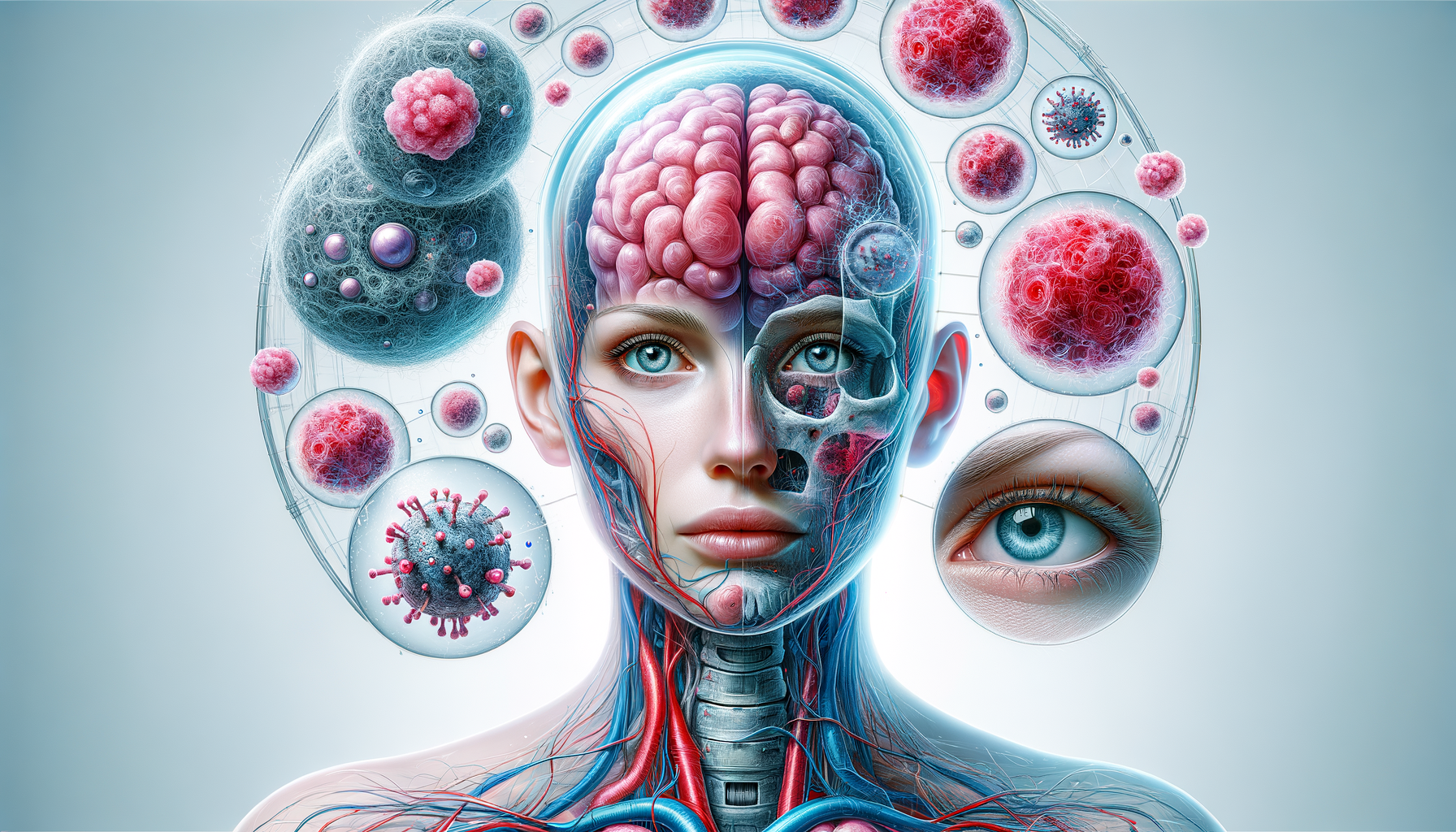Understanding the Causes of Trouble Falling Asleep
Before exploring how to fall asleep quickly without medication, it’s important to understand what causes trouble falling asleep in the first place. Insomnia, whether acute or chronic, can be triggered by a variety of factors including stress, anxiety, poor sleep habits, and even certain foods or drinks consumed too close to bedtime. Environmental conditions such as light, noise, or an uncomfortable mattress can also contribute. Identifying these causes can help you tailor your insomnia treatment to your specific needs.
Common contributors to difficulty falling asleep include:
- Excessive screen time before bed (blue light exposure)
- Irregular sleep schedules
- Caffeine or alcohol consumption in the evening
- High levels of stress or racing thoughts
Recognizing and addressing these underlying issues is a crucial step in developing a more effective and lasting strategy for falling asleep faster and improving overall sleep quality.
Establishing a Consistent Bedtime Routine
Creating a consistent and calming bedtime routine is one of the most effective ways to combat trouble falling asleep. A good routine signals to your body that it’s time to wind down and prepare for rest. This doesn’t need to be complex; a few simple habits can help regulate your internal clock and make it easier to fall asleep quickly.
Consider incorporating the following into your nightly routine:
- Going to bed and waking up at the same time every day, even on weekends
- Engaging in relaxing activities, such as reading or listening to soft music
- Taking a warm bath or shower to relax muscles and lower body temperature
- Practicing gentle stretches or yoga to release tension
By repeating these actions each night, your body begins to associate them with sleep, making it easier to drift off naturally. Over time, this can serve as a powerful form of insomnia treatment that doesn’t rely on medication.
Using Breathing Techniques and Relaxation Methods
Learning how to fall asleep quickly often involves more than just adjusting your environment—it also requires calming your mind. One widely recommended method for achieving this is controlled breathing. These techniques help shift your body out of a stress response and into a more relaxed state, making it easier to fall asleep fast.
Popular breathing and relaxation techniques include:
- 4-7-8 Breathing: Inhale for 4 seconds, hold for 7, exhale for 8
- Progressive Muscle Relaxation: Tense and release each muscle group starting from your feet up
- Visualization: Picture a peaceful scene or memory to distract the mind from worries
Combined with a quiet, dark, and cool sleeping environment, these practices can significantly reduce the time it takes to fall asleep. For those wondering how to fall asleep in 3 minutes, mastering a combination of these methods may bring them closer to their goal.
Optimizing Your Sleep Environment
Your bedroom environment plays a key role in how easily you can fall asleep. Even with the perfect bedtime routine and breathing techniques, an uncomfortable or stimulating environment can keep you awake. Making small adjustments to your sleep space can be a practical and drug-free insomnia treatment strategy that enhances your ability to fall asleep quickly.
Key elements to consider when optimizing your sleep environment include:
- Reducing noise with earplugs or a white noise machine
- Using blackout curtains to block out light
- Maintaining a cool room temperature, ideally between 60-67°F (15-19°C)
- Choosing a comfortable mattress and pillow with proper support
These changes can help create a sleep-friendly atmosphere that supports your body’s natural sleep-wake cycle. Additionally, removing distractions such as electronics or bright clocks can further promote a faster transition to sleep.
Building Healthy Daytime Habits for Better Sleep
What you do during the day has a direct impact on how you sleep at night. Regular physical activity, exposure to natural light, and avoiding stimulants late in the day all contribute to improved sleep quality. If you’re experiencing trouble falling asleep, reviewing your daytime routines may reveal key areas for improvement.
Helpful daytime strategies include:
- Exercising regularly, but avoiding intense workouts too close to bedtime
- Spending time outdoors in natural sunlight to regulate your circadian rhythm
- Limiting caffeine intake, especially in the afternoon and evening
- Eating meals at consistent times and avoiding heavy food late at night
By aligning your daily habits with your body’s natural rhythms, you can reduce nighttime restlessness and increase your chances of falling asleep fast. Over time, these changes can help you feel more rested without the need for sleep aids or medication.
Conclusion: A Natural Path Toward Better Sleep
Addressing insomnia doesn’t always require medication. With a thoughtful approach that includes lifestyle adjustments, relaxation techniques, and an optimized sleep environment, it’s possible to improve your ability to fall asleep quickly and consistently. Whether you’re wondering how to fall asleep in 3 minutes or simply looking to reduce nightly restlessness, these strategies offer a practical, natural path forward. By investing time and effort into understanding and reshaping your sleep habits, you can enjoy deeper, more restorative sleep with fewer obstacles standing in your way.




Leave a Reply